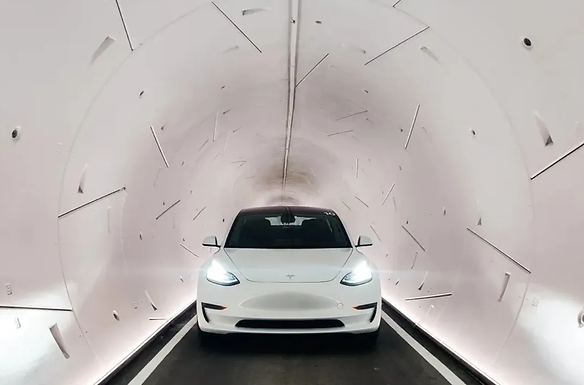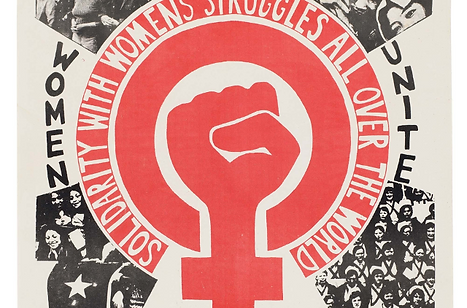
Elon Musk’s ‘The Boring Company’: Boom or Bust?

In the year 2018, Elon Musk’s The Boring Company released a merchandise item called “Notaflamethrower”. This product was hyped online as a flamethrower by many and sold for $500 per piece. The product’s name indeed did its credit, as it was not a flamethrower, but a roofing torch dressed and marketed. Critics regard this product as a fiasco, as not only it is very boring compared to an actual flamethrower and costs more than one, but also got a lot of customers in trouble with the authorities. So that, even Switzerland alone -the country with one of the highest percentages of gun owners in Europe- fined as many as 1000 people for the ownership of Notaflamethrower. Perhaps this product can serve as an analogy in our understanding of The Boring Company’s main mission: digging tunnels.
Elon Musk theorized that our cities’ congestion and parking problems arise from a simple geometric error in our thinking, in which a 3-dimensional city, with its many skyscrapers, can not possibly be adequately served by a 2-dimensional road system and ground-level parking. Further considering that multistorey parking lots can sometimes be occupying high-value lots and elevated highways have lots of issues, Elon decided that going underground would be the best way to solve our traffic and parking problems. For this reason, he founded The Boring Company, a company tasked with digging transportation tunnels.
In 2021 the company opened a tunnel to the public for the first time. The tunnel was planned for your car to get in and move it to your target location for a reasonable fee. So far so good. After all, it would not only create an alternative for those who are willing to pay for it, but it would also take some cars off of the streets, so it would even relieve the ground-level traffic for non-customers. All this while occupying little to no ground.
The idea originally had sledges that would move your car at 200 mph. This then was scaled down to a tire-guide system which was further scaled down to a boring old, paved road with Teslas serving as taxis. Essentially turning the high-tech transportation tunnels into taxi-only roads that are underground. This is even less successful when you compare this to the age-old subway system. The subway system is much more efficient than Elon’s tunnel in every way. Musk’s effort seems like an effort to save the very-profitable car industry from the ever-growing momentum of the anti-car movement that feeds from not only environmental concerns but also a desire to make cities more pedestrian-friendly.
If The Boring Company’s Vegas Loop was just a more inefficient alternative to subways, it would be a debatable issueto have in our cities. Sadly, the reality is even worse. Firstly, with subways you have a large vehicle, transporting hundreds of people at a time, making it more energy-efficient, safer and more economic, compared to the tunnel that does its transportation utilizing Tesla cars. Furthermore, while subways are almost always on time, the Vegas Loop -despite the promise- does have a congestion problem at its elevators. Worst is, the Vegas Loop is very vulnerable to fires, risking the lives of its passengers, according to critics.
The one favourable thing about The Boring Company is that it is good at boring tunnels, as it can dig cheaper than tunnels that we previously dug. So if it were to give up horrible ideas like underground taxis and engineering nightmares like Hyperloop, and stuck to boring tunnels for things that are actually useful, such as sewer systems or subways, that might be better for everyone.
The basic premise of The Boring Company, that of underground travel being more efficient, is undeniably true. However, the company suffers from the problem of trying to reinvent the wheel, possibly to keep up the hype around Elon Musk as a genius inventor. This attempt seems to not only be fruitless but also ends up damaging the company.






